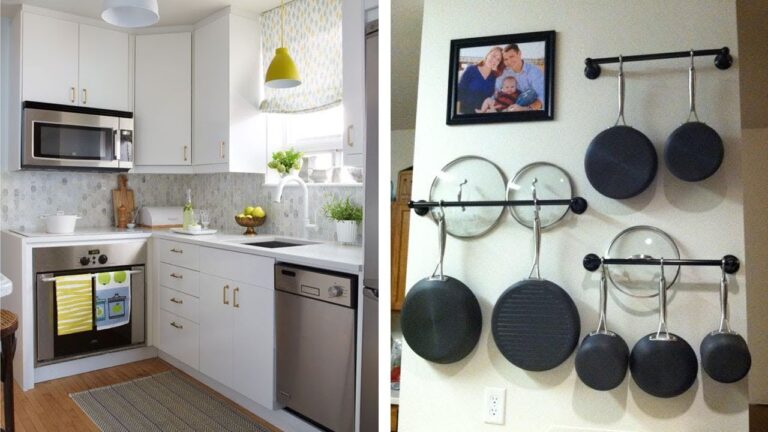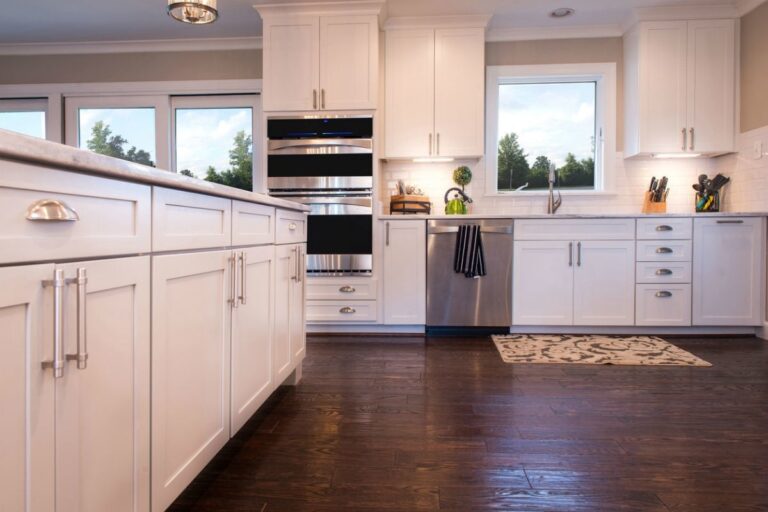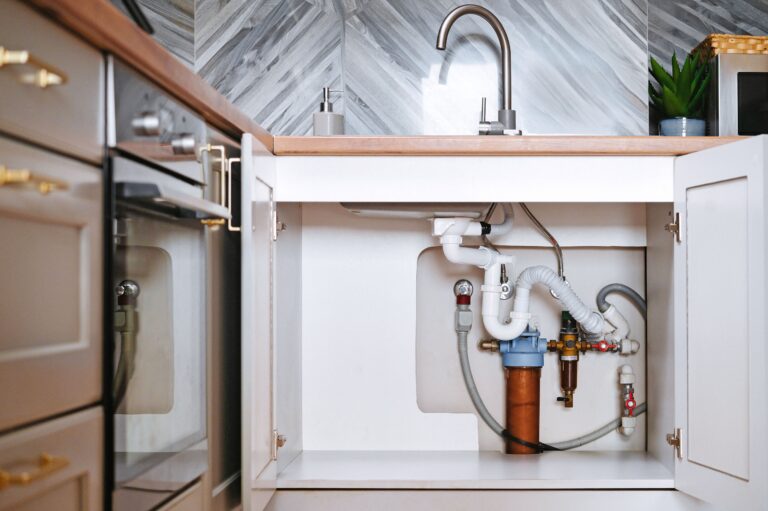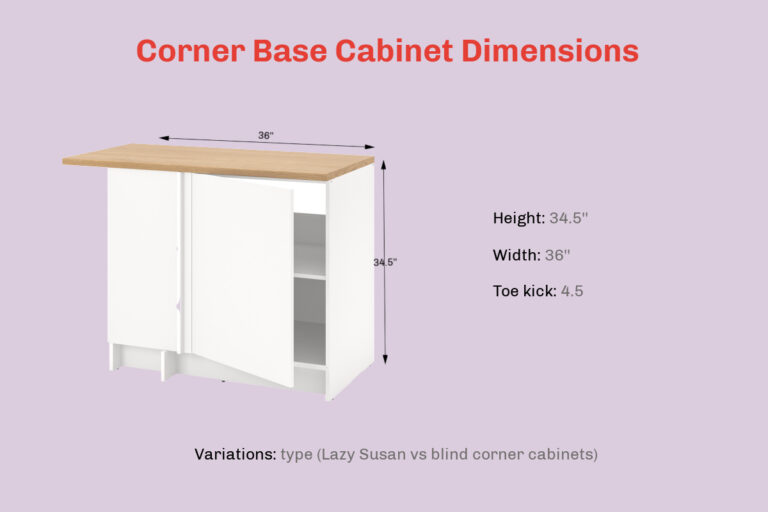Should I Use Laminate Or Linoleum In Kitchen?
The kitchen is one of the most important parts of the home. It is where meals are prepared, and it can also be one of the most aesthetically pleasing rooms in the house. When it comes to flooring, there are a variety of options to choose from. Two popular choices for kitchen flooring are laminate and linoleum. But which one is best for your kitchen? This article will discuss the pros and cons of each material, and help you decide which one is best for your kitchen.
Types of Flooring: Laminate vs Linoleum
When it comes to flooring options for the kitchen, two popular materials are laminate and linoleum. Both materials are great for kitchen floors, but each one has its unique advantages and disadvantages. Let’s take a look at the differences between laminate and linoleum so you can decide which one is best for your kitchen.
Laminate flooring is made from composite wood materials that are pressed together and covered with a photographic layer, giving it a unique, natural look. Laminate is typically more affordable than linoleum and is easy to maintain. It also comes in a wide variety of colors and designs, making it easy to match any kitchen décor. The downside is that laminate can be scratched or damaged over time, and it may not be as durable as linoleum.
Linoleum is also made from composite materials, but it contains natural materials like cork dust and linseed oil. This makes it more environmentally friendly than laminate and it is quite durable. Linoleum is also available in a range of colors and patterns, so you can still get the look you want in your kitchen. The downside is that it can be more expensive than laminate and it may not be as easy to clean and maintain.
Both laminate and linoleum flooring have their advantages and disadvantages, and which one you choose will depend on your budget, style, and needs. Consider all your options before making your decision so you can get the best flooring for your kitchen.
Advantages and Disadvantages of Laminate Flooring
When considering flooring for your kitchen, laminate and linoleum are both popular options. But how do you know which one to choose? This article will provide an in-depth analysis of the advantages and disadvantages of each material so that you can make an informed decision.
Laminate flooring is a popular choice as it is durable, easy to maintain, and can be installed quickly. It is available in a wide variety of colors and patterns, making it easy to choose the right one for your kitchen. On the downside, laminate flooring is prone to scratches and can be damaged by water. Additionally, it’s not as eco-friendly as some other options.
Linoleum flooring, on the other hand, is made of natural materials and is considered more eco-friendly. It is also more resistant to scratches and water damage, making it a great option for high-traffic areas. However, it is more expensive and can be difficult to install.
Overall, both laminate and linoleum flooring have their advantages and disadvantages. Consider your budget, the look you want to achieve, and the amount of maintenance you are willing to do when making your decision. Ultimately, the best flooring for your kitchen is the one that best fits your needs.
Advantages and Disadvantages of Linoleum Flooring
When it comes to deciding the best flooring for your kitchen, there are two popular options: Laminate and Linoleum. Each has its advantages and disadvantages that should be factored into your decision. When choosing between the two, one of the most important factors is understanding the pros and cons of linoleum flooring.
Linoleum is a cost-effective flooring option that comes in a variety of colors and patterns. It is extremely durable and can last up to 40 years with proper maintenance. Linoleum is also a great choice for those looking for a natural product as it is made from renewable materials such as cork, limestone, and linseed oil. Additionally, linoleum is a great choice for those looking for an environmentally friendly flooring option as it is highly recyclable and doesn’t require the use of any harsh chemicals.
On the downside, linoleum can be difficult to clean and can be more prone to scratches and dents. Furthermore, it is not as resistant to moisture, meaning it is not a good option for bathrooms or kitchens. Additionally, linoleum must be sealed and waxed regularly to maintain its appearance and durability.
Ultimately, the decision between laminate and linoleum flooring should be based on your own needs and preferences. While laminate may be a more cost-effective and easier-to-maintain option, linoleum can provide a more natural and eco-friendly choice. Consider the advantages and disadvantages of both options before making your decision.
Factors to Consider When Choosing Between Laminate and Linoleum
When it comes to choosing the perfect flooring for the kitchen, there are a few factors to consider when deciding between laminate or linoleum. Laminate flooring is often more affordable, but it may not last as long as linoleum. On the other hand, linoleum is more expensive but it is more durable and easier to clean. When deciding between laminate and linoleum, you’ll want to consider the amount of foot traffic, wear and tear, and the overall design of the kitchen.
For high-traffic kitchens, linoleum is usually a better choice because it can withstand more abuse than laminate. Additionally, linoleum is usually more resistant to water damage and staining, making it an ideal choice for kitchens that are exposed to a lot of moisture. Laminate, however, is usually easier to install and has a wider range of design options.
When choosing between laminate and linoleum for your kitchen, you’ll also want to consider the aesthetic of the space. Laminate can easily mimic the look of hardwood floors, while linoleum comes in a variety of colors and patterns. Both materials are available in a variety of textures, so you can choose the one that best suits your tastes.
Ultimately, the decision between laminate or linoleum depends on your specific needs. If your kitchen sees a lot of traffic or moisture, then linoleum is usually the better choice. However, if you’re looking for a more affordable and versatile option, then laminate is a great option. No matter which one you choose, both materials can bring a unique look and feel to your kitchen.
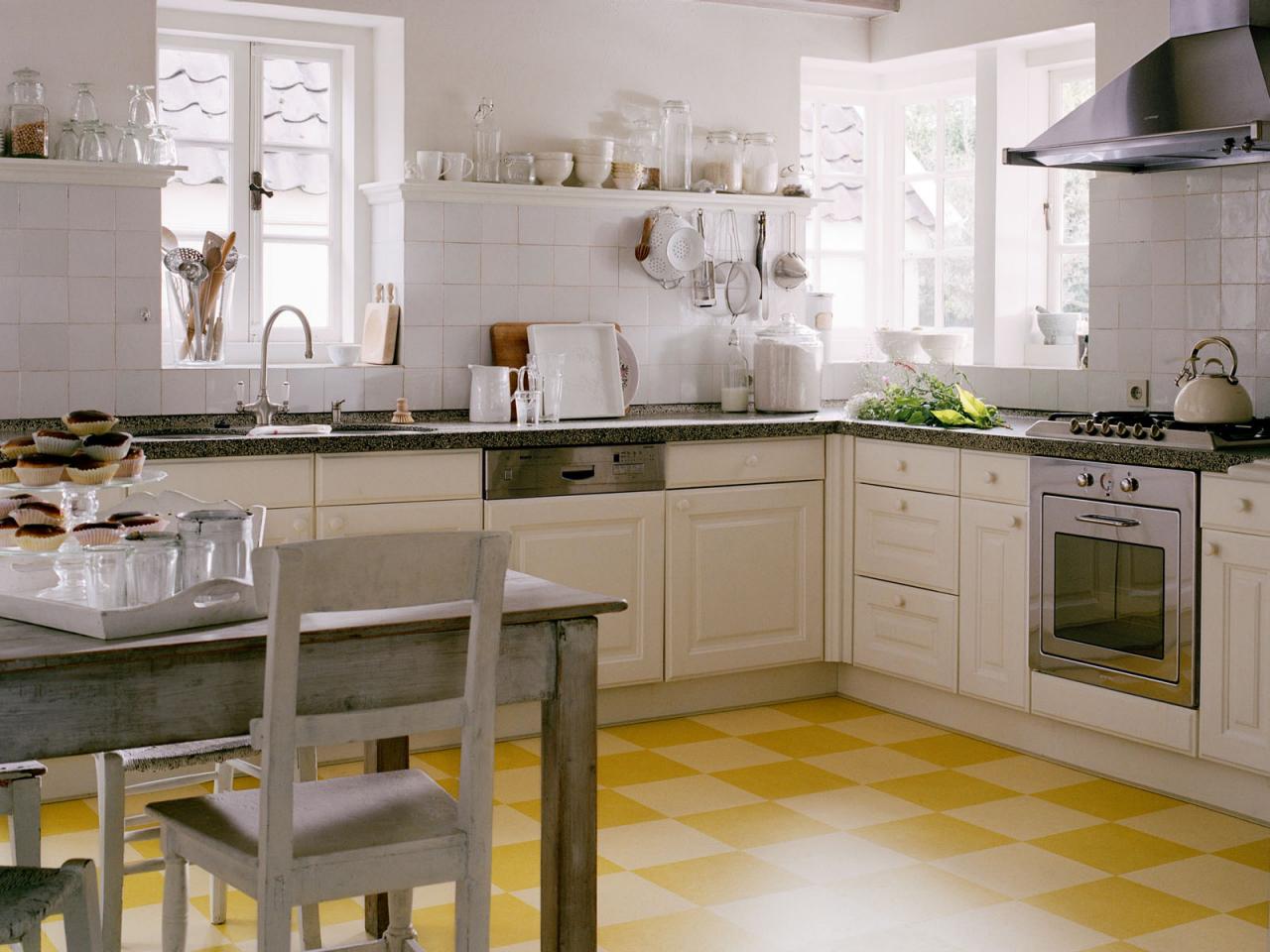
Installation Process for Laminate and Linoleum
When deciding between laminate and linoleum for your kitchen flooring, it’s important to consider the installation process. Laminate flooring is a floating floor system, meaning it is not nailed or glued to the subfloor, making it a relatively simple and quick installation process. On the other hand, linoleum is a more difficult and involved installation process. Linoleum must be installed onto a clean, level, and dry subfloor and glued down with a special adhesive. It is also important to note that linoleum is a bit more prone to water damage than laminate flooring, so it is important to seal seams and edges properly. Both laminate and linoleum require some form of underlayment to provide a cushion between the floor and the subfloor and to reduce noise. Whichever material you choose, it is important to follow the manufacturer’s instructions to ensure a successful installation.
Maintenance and Cleaning Tips for Laminate and Linoleum
If you’re trying to decide between laminate or linoleum for your kitchen, you should consider the maintenance and cleaning of each type. Laminate floors are fairly easy to maintain and clean, as the surface is usually pre-sealed and can simply be wiped with a damp mop. Linoleum, however, may require more maintenance as it is susceptible to staining and can require special cleaning agents.
When it comes to cleaning, laminate floors can be wiped with a damp mop and a mild detergent. Linoleum floors should be mopped with warm water and a mild detergent or special linoleum cleaner. Both floors should be vacuumed regularly to remove dirt and debris. For deeper cleaning, a steam cleaner can be used on laminate floors, while linoleum can be scrubbed with a brush and a mild detergent.
In terms of maintenance, laminate floors may require occasional waxing and polishing to help protect them from scratches and scuffs. Linoleum floors should be periodically sealed to help protect them from moisture and staining. Both types of flooring may require occasional repairs to replace damaged boards or tiles.
When it comes to choosing between laminate or linoleum for your kitchen, you should take into account the maintenance and cleaning requirements of each type. While laminate floors are generally easier to maintain and clean, linoleum floors may require more maintenance and special cleaning agents. Consider your lifestyle and how much time you have for cleaning and maintenance when deciding which type of flooring is best for your kitchen.
Cost Comparison of Laminate and Linoleum
When it comes to choosing a kitchen flooring material, there are two popular options: laminate and linoleum. Both materials have their unique benefits and drawbacks, but one of the most important considerations is cost. This article will compare the costs of laminate and linoleum, helping you make the best decision for your kitchen.
When it comes to cost, laminate is generally cheaper than linoleum, but the exact cost can vary depending on the type of laminate you choose. Laminate tends to be a more affordable option, with prices ranging from around $2 to $5 per square foot for standard laminate. Linoleum is more expensive, averaging around $4 to $8 per square foot. It’s important to remember that these prices can vary depending on the quality and type of material you choose, as well as the installation costs.
In terms of installation, both laminate and linoleum are relatively easy to install. Laminate flooring is made up of interlocking pieces, which makes it relatively straightforward to install. Linoleum also requires a bit of installation, but it is more labor-intensive and can be more time-consuming. This is something to consider when comparing the costs of the two materials.
When it comes to selecting a kitchen flooring material, the cost comparison between laminate and linoleum should be considered. Laminate is generally more affordable, but the exact cost will depend on the type of laminate you choose and the installation costs. Linoleum is more expensive, but it can also be more labor-intensive to install. Consider all of your options before making a final decision.
Final Thoughts on Laminate vs Linoleum
When it comes to deciding between laminate and linoleum flooring for your kitchen, it’s important to consider both the cost and the durability of each material. Laminate is generally the more affordable option, but it’s not as durable as linoleum. In addition, laminate flooring can be prone to wear and tear over time, while linoleum is more resilient and can last for decades. Ultimately, it’s important to weigh the pros and cons and decide what’s best for your budget and lifestyle.
No matter which material you choose, it’s important to consider the installation process, the maintenance required, and the aesthetics of both materials. Laminate is a great choice for those who want a quick and easy installation, while linoleum requires more time and effort. Both materials are relatively easy to keep clean, but linoleum may require more frequent cleaning and maintenance. In terms of looks, laminate is often more visually appealing, but linoleum can also look great when installed correctly.
Regardless of whether you decide to use laminate or linoleum, it’s important to ensure that you are choosing the best product for your lifestyle, budget, and kitchen design. Both materials have their pros and cons, so make sure you take the time to research and compare before making a final decision.
FAQs About the Should I Use Laminate Or Linoleum In Kitchen?
1. What are the differences between laminate and linoleum flooring?
Answer: Laminate flooring is made of synthetic materials while linoleum flooring is made of natural materials such as linseed oil, cork dust, and wood flour. Laminate flooring is more durable and less prone to staining, while linoleum is more affordable and easier to install.
2. What are the pros and cons of laminate and linoleum flooring?
Answer: Laminate flooring is more durable and resistant to staining, but it can be more expensive and difficult to install. Linoleum flooring is more affordable and easier to install, but it can be more prone to staining and wear and tear.
3. Are there any special considerations for using laminate or linoleum flooring in a kitchen?
Answer: Yes, it is important to consider the wear and tear that kitchen flooring will endure. Laminate flooring is more durable and resistant to staining, while linoleum is more affordable and easier to install. It is also important to consider the level of moisture in the kitchen and the type of flooring that will be best in those conditions.
Conclusion
When deciding between laminate or linoleum for your kitchen, it ultimately comes down to your personal preference and budget. Laminate is more affordable, easier to install, and offers a variety of colors and styles. Linoleum, on the other hand, is more durable and resistant to spills and stains and adds a unique look to your kitchen. Ultimately, the decision will come down to your individual needs and tastes.

